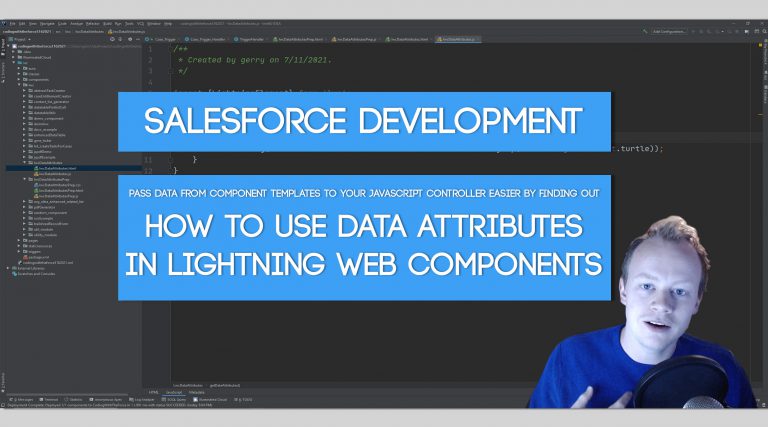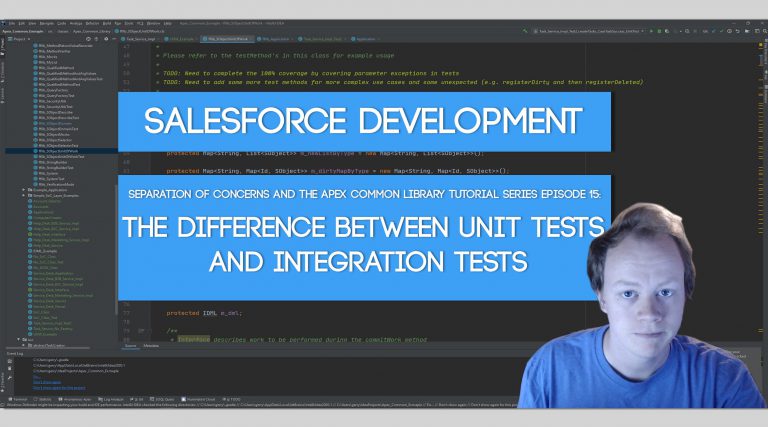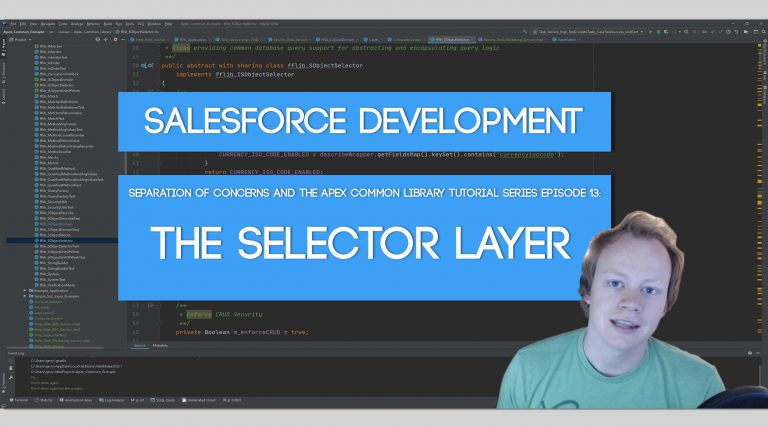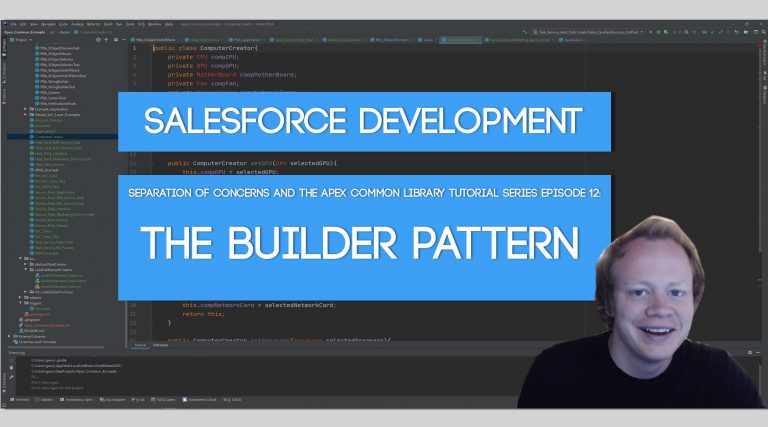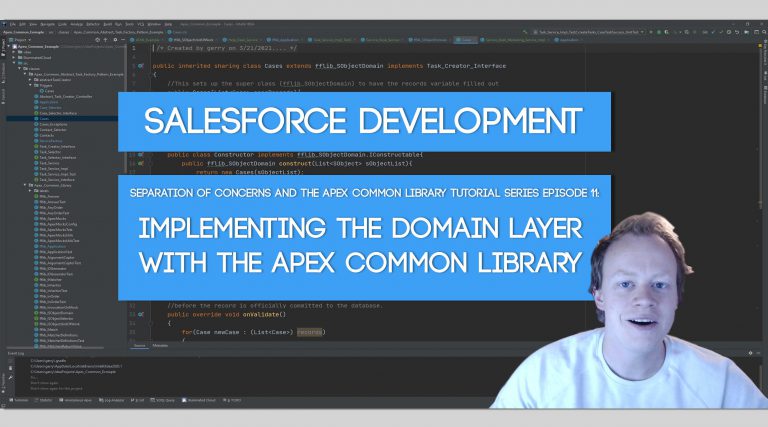SOLID Design Principles in Salesforce (Ep. 2) – The Single Responsibility Principle
In this second episode of the SOLID Design Principles Tutorial Series we go over what the Single Responsibility Principle is and how we can actually leverage it in both Apex and JavaScript. Click play! Do it bruh! Get Coding With The Force Merch!! We now have a redbubble store setup so you can buy cool…


